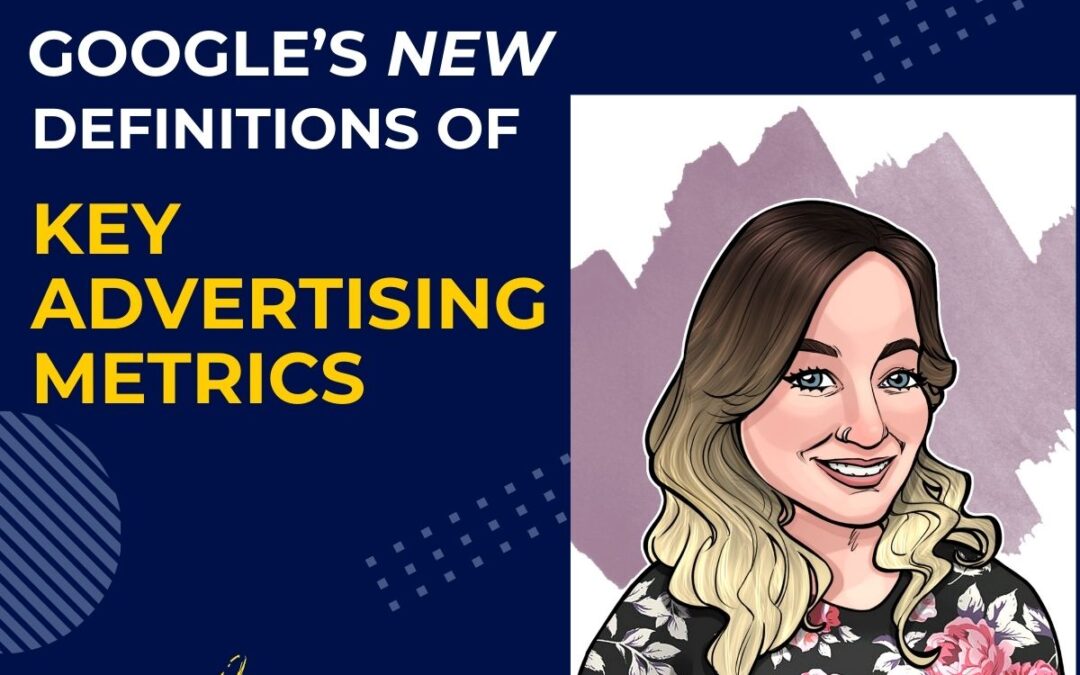Google recently announced updates to the definitions of some of its more convoluted metrics, including Top Ads and Prominence. Before running through the changes, it is important to note that these updates are only about how the metrics are defined and that there is no (current) change to how performance is calculated for each.
Overall, the updated definitions provide necessary insight into the best ways to take strategic advantage of these metrics within ads campaigns. As Google continues to iterate on its performance and reporting offerings, it will be critical to stay up to date on any tests or shifts. Please contact your Simple Search Marketing Paid Search Lead with any questions or concerns on how the below definition changes will affect your business.
Overview: Top ads are search text (not shopping or search partner) ads that show near the top of a SERP (Search Engine Results Page). Despite its name, “top” ads do not always appear at the top of search results. They can not only appear along the right rail, but also below organic results such as social media pages and maps.
Why do we care: This metric tells us where our ads are showing up in SERPs but this metric only matters if the advertising strategy is a high impression share, in something like a Brand campaign, and is not a KPI for campaigns that have the goal(s) of efficiency and/or conversion volume.
Overview: The top of the top ads, so to speak. Absolute top ads details how often a search text ad shows in the first position of available paid advertising slots on a SERP.
Why do we care: Similar to top ads, absolute top ads tells us when we appear above all other eligible ads in a SERP. This is useful for campaigns that have impression share as a goal, as well as campaigns that look to push down competition in the SERP advertising space.
Overview: How visible your ads are on a SERP, explicitly taking into account ad format (how much an ad is built up with extensions v. a generic text ad) and ad position (where an ad shows up in a SERP). Prominence may implicitly tell us ad rank, as ads with better quality scores, ad formats, and bids will have better prominence on a SERP.
Why do we care: After doing away with average position reporting, Google seems to be considering giving advertisers at least a hint of where their ads have been appearing. Prominence will be an interesting metric to keep an eye for advertisers looking to appear above competition in SERPs.
About top and absolute top metrics
Overview: Top and absolute top metrics are a set of prominence metrics and are calculated as a percentage based on how often an ad is shown within the Top Ads set as well as the Absolute Top position. These metrics help an advertiser understand what percentage of searchers their ads are showing in front of and whether they are in the absolute top position or not.
Why do we care: These metrics are helpful in determining the opportunity still available to show in front of searchers. In example, if an advertiser’s Search Top Impression Rate is low, it tells them that they are not showing their ads to a high percentage of the available market.
Overview: Segments allow for a detailed view of metrics as a subset of one data row, such as a campaign or ad group. They can include conversion type, device, click type, and other data splits.
Why do we care: Segments allow advertisers to dig into specific performance metrics much more granularly than what is offered in a campaign or ad group’s single line of data. For advertisers with multiple conversion points, segments can show exactly how many of each conversion metric is occurring at many layers of a campaign, allowing for more strategic optimizations such as budgeting and bidding.
About Target impression share bidding
Overview: Target impression share bidding allows advertisers to set goal impression share percentages for their campaigns, either at the top ads, absolute top, or elsewhere on a SERP.
Why do we care: Similar to the other metrics detailed above, advertisers with a goal of appearing in a certain percentage of searches (such as for brand safety or a competitive edge) can utilize this bid strategy to achieve a set impression share for their campaigns.
Get your ads to show among top ads
Overview: Ad position is determined by Ad Rank (a combination of bid, ad quality, expected CTR, ad relevance, landing page experience, thresholds, searcher context – location, device, day, time, query, etc. – and expected impact of assets and ad formats.
Why do we care: Google is (sort of) giving us the keys to the kingdom here when it comes to optimizing ads for top SERP spots: improve Ad Rank, focus on relevance, keep bids competitive, and monitor your campaign results for optimization opportunities.

